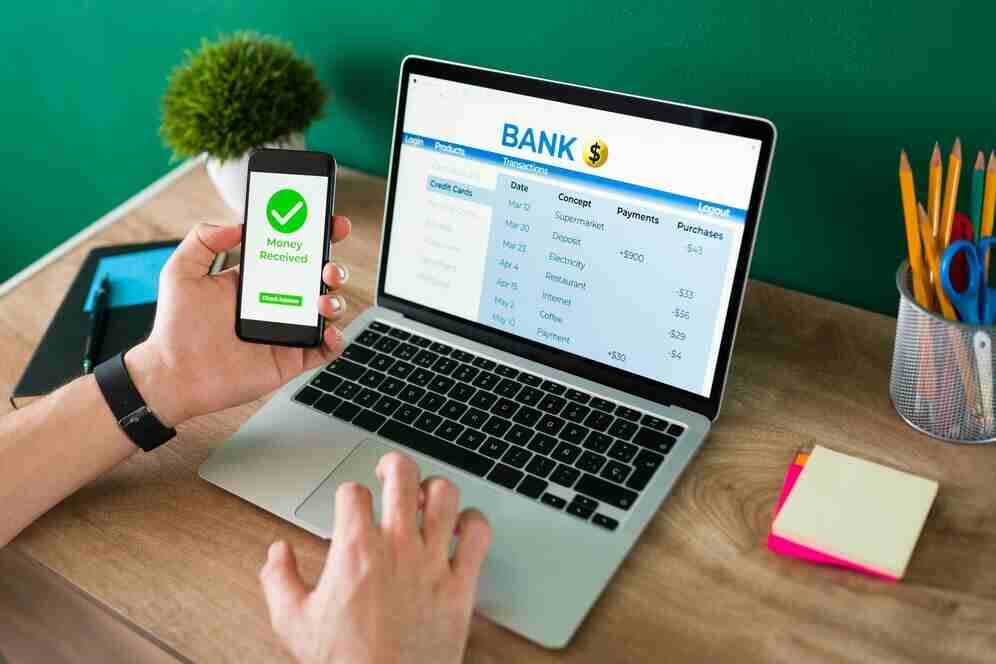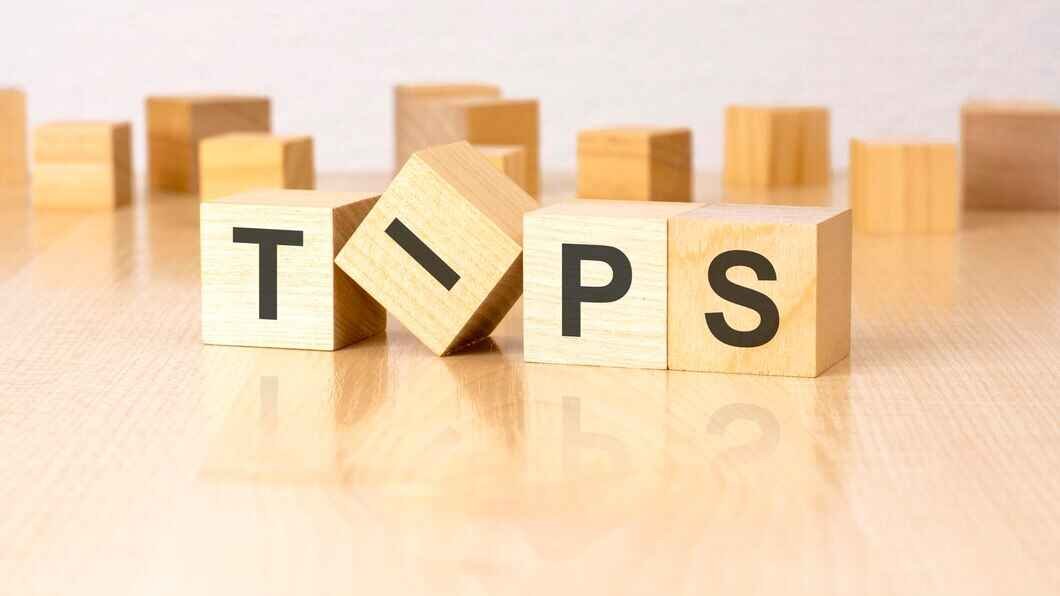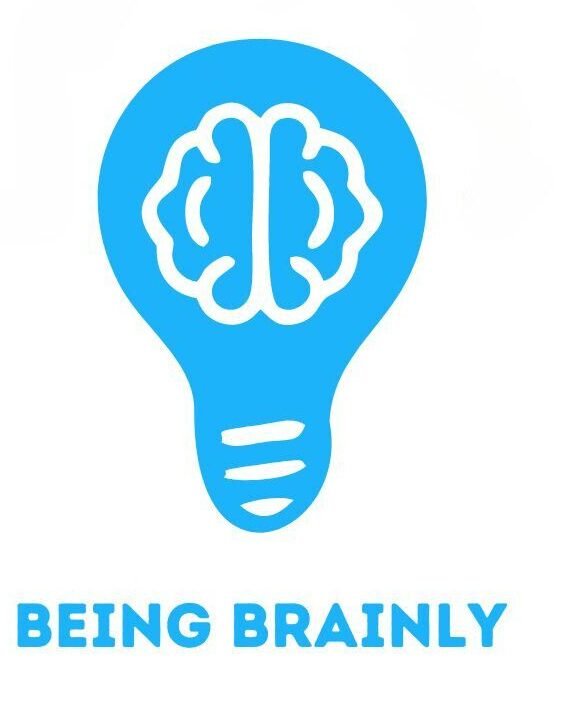How To Accept Payment As a Freelancer
The landscape of freelance work is expansive and thriving. But for all its freedom and potential, one aspect that remains a perennial challenge is securing payments. As a remote professional, the methods you choose to receive payments are a direct reflection of your business’s efficiency.
In this guide, we dissect the various payment methods available to you, catering to all levels of tech-savviness and global accessibility. Understanding these approaches is crucial, empowering you to streamline your work and ensure you get paid, every time.
Cash – The Oldest, yet Most Restricted Method

Cash transactions might seem like a relic in the digital age, but they still have their place, especially for in-person, local or smaller transactions. For the freelancer working with individuals or businesses in their local community, cash can be a quick and hassle-free transaction method. However, it comes with its limitations including security concerns and the need for clients to be physically present to make the payment. Despite these caveats, cash retains its status as the preferred method for quick, day-to-day transactions in many industries.
Checks – Traditional and Time-Tested
Checks have long been a staple of business transactions. This method offers a degree of security and record-keeping for both parties. They also provide flexibility for clients who may not be at ease with digital transactions or want to exercise control over the timing of a payment. However, the delay in processing time, risk of bounced checks, and the need for physical delivery can be cumbersome for many modern freelancers.
PayPal – A Global Pioneer

For freelancers who work across borders, PayPal has been a game-changer. It’s a fast and widely accepted online payment service, equipped with dispute resolution options and basic invoicing features. However, its notoriety for high fees, the potential for account freezes, and the complexities of international currency conversion make it less appealing for larger transactions or as a permanent revenue stream for freelance professionals.
Credit Cards – Consumer Convenience, Freelancer Flexibility
Credit card payment is a universally recognized method that streamlines transactions for clients. It offers benefits such as built-in fraud protection and the ability to accommodate large payments without requiring a bank visit. For the freelancer, accepting credit cards can boost their business’s professionalism and accessibility. Despite the fees attached, these can be a more predictable cost compared to PayPal or other services.
ACH Transfers – Banking on Simplicity
The Automated Clearing House (ACH) is a network for processing financial transactions, which can be harnessed for direct bank-to-bank transfers, offering a secure and cost-effective means of payment. It’s a prime choice for clients and freelancers who emphasize simplicity and low transaction fees. However, ACH transfers are more common domestically in the US, and the process might not be as familiar or accessible to international clients.
Bank Transfers – A Trusty Timely Transaction
Direct bank transfers are highly cost-effective and incredibly secure. This method is particularly popular in Europe and other parts of the world, where setting up recurring payments can be more straightforward than in the US. For freelancers with a steady stream of regular clients, bank transfers present a streamlined and reliable payment option, once the initial setup barriers are overcome.

Digital Wallets – The Cutting-Edge Companion
Digital wallets such as Apple Pay, Google Pay, and the myriad others in the market offer a secure and convenient way to handle transactions without the need for a physical card. They can combine multiple payment methods into one, simplifying record-keeping for the client and streamlining transactions for the freelancer. However, they can carry the same high fees and accessibility issues as other online payment platforms.
Which Payment Method Is Best for You?
Determining the best payment method for your freelance business depends on various factors. Consider the nature of your work, the preferences and behaviors of your clients, transaction fees, convenience, and the availability of support and security features. Agility may be your best asset in choosing a payment method, as flexibility allows you to cater to different clients’ payment preferences and geographical limitations.
7 Tips to Make Sure You Actually Get Paid for Your Freelance Work
Getting paid as a freelancer isn’t just about setting up payment paths; it’s also about ensuring the money actually reaches you. Here are seven essential tips for safeguarding your income.

- Use Contracts: Clear and legally binding contracts that outline the terms of your work, including payment schedules and penalties for late payment, are a freelancer’s first line of defense.
- Require a Deposit: For larger projects, consider asking for a deposit upfront. It not only ensures a level of commitment from your client but also provides a partial payment for your services.
- Use Invoices: Professional invoices not only serve as a billing receipt but also as a polite yet firm reminder of payment due.
- Be Upfront About Costs: Include all charges in your contract and invoices, so there are no surprises when it’s time for the client to pay.
- Always Communicate Changes: If there are changes in the project scope or schedule that affect payment, communicate these clearly and promptly to your client.
- Consider Pausing Work If You Don’t Get Paid: Your time is your most valuable commodity. If a client consistently misses payments, don’t be afraid to pause or halt the work until they do.
- Don’t Continue Working With Clients Who Don’t Pay: It may be difficult to walk away from work, but it’s vital for your business’s integrity. Continuing to work without payment sets a damaging precedent.
The Bottom Line: What’s the Best Way to Get Paid as a Freelancer?
There isn’t a one-size-fits-all answer to the question of the best payment method for freelancers. Each option carries its pros and cons, and the ideal approach often involves a combination of methods that cater to your various clients’ needs. The most important aspect of your payment process is your preparedness and willingness to adapt to different circumstances. By ensuring you have a clear structure, good communications, and the ability to pivot when necessary, you’ll not only make getting paid less stressful but also build trust and longevity in your freelance career.

